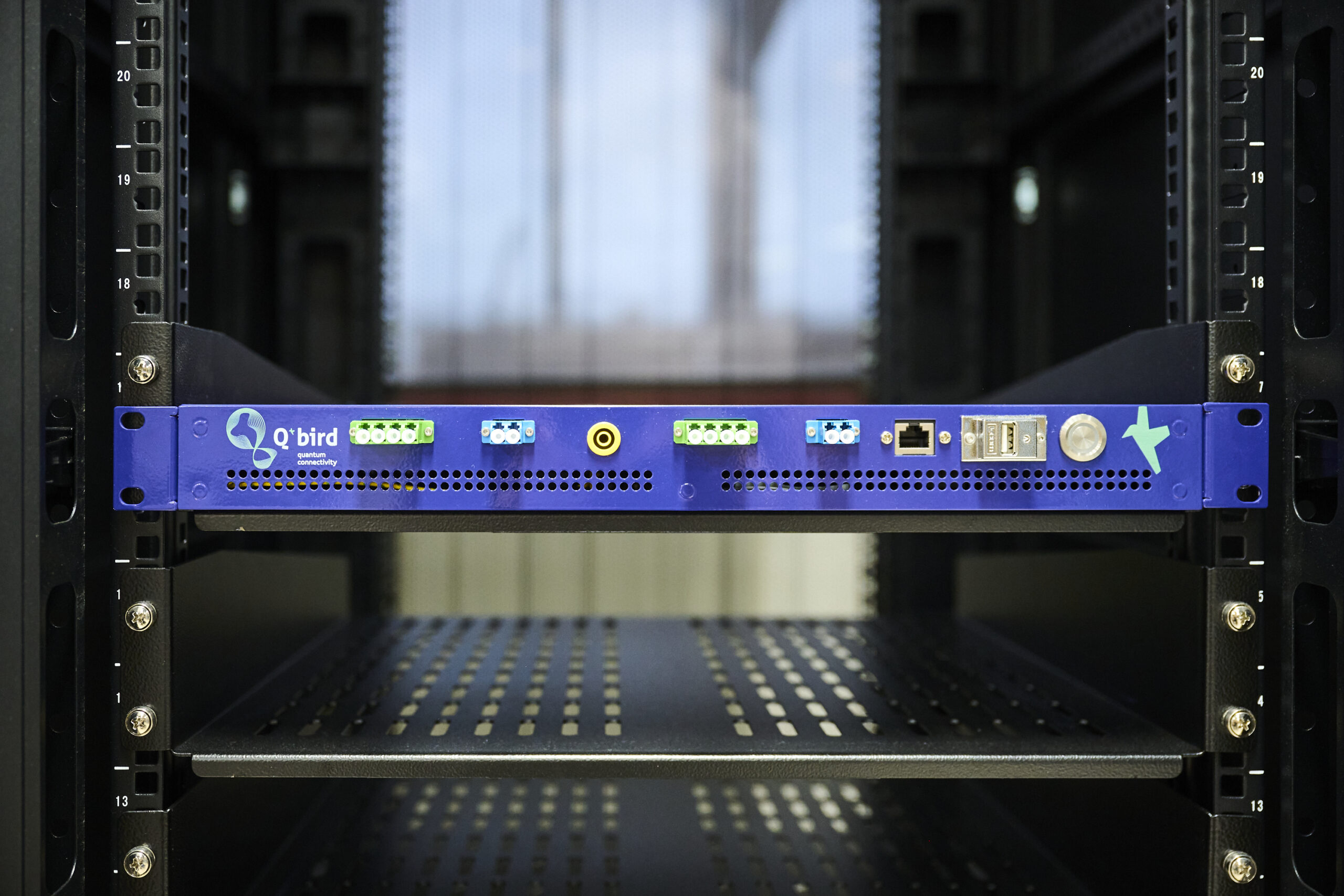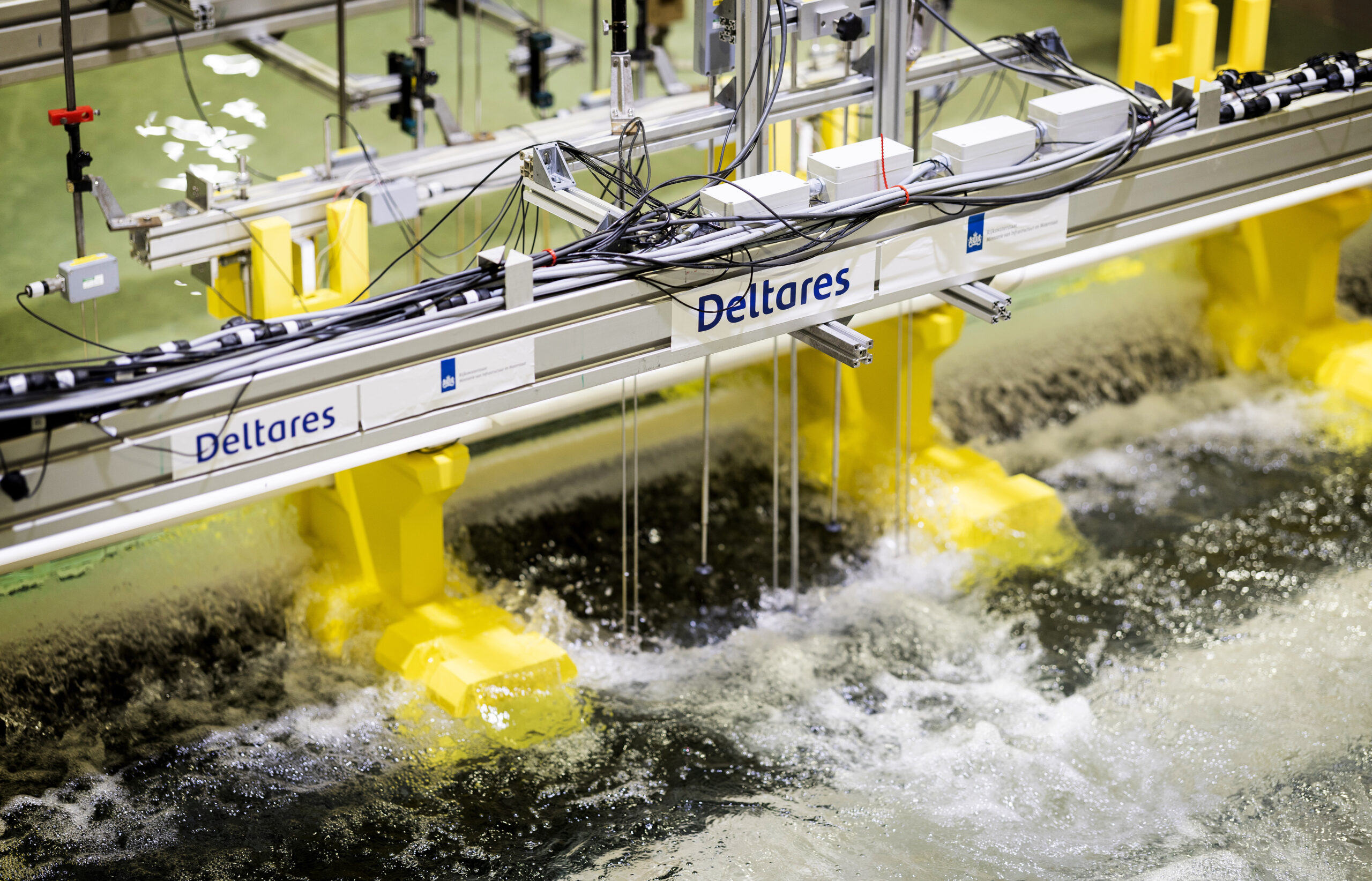
Almost everyone present agreed: time is running out, but it is not too late to take measures to help the Netherlands cope with the effects of climate change. That became clear last week during the well-attended meeting ‘Klimaatadaptatie #hoe dan?’ at The Green Village on the TU Delft Campus.
Numerous representatives of municipalities, water authorities and experts, entrepreneurs and other professionals working on ‘climate adaptation’ had come to the gathering, which was organised by the province of South Holland and VPdelta on behalf of the partners of WaterStraat. The high temperatures that day once again emphasised the need for measures that protect us against heat stress and other forms of extreme weather.
Connecting power
The high turnout proves that all parties involved know how to find each other, said Astrid de Wit of the province of South Holland during the plenary section led by Charles Groenhuijsen. “The added value that we offer as a province is the connecting force. Different parties are working on their own projects, and we ensure that they are brought together and that knowledge and experience are shared.”
De Wit mentioned new construction projects as an example. Thanks to the province, there is now the so-called Convenant Klimaatadaptief Bouwen, which means that new-build houses throughout the province can withstand extreme weather. “Climate-adaptive building becomes the new normal”, says De Wit.
The so-called Klimaatatlas of the province is also an initiative that all parties can use. De Wit informed those present that a number of new cards had been added. This allows us to look at the consequences of heavy rains per postcode area.
Climate awareness
“We have been working for 730 years to make this area climate-proof,” said Manita Koop of the Delfland Water Authority. But just as important as taking the right measures is ensuring sufficient ‘climate awareness’. “Every resident has to realise that instead of tiling their garden, it is better to replace those tiles with plants.”
Seeing is believing
To achieve that, it is important to show what good innovations are around. “For water management: seeing is believing,” said programme manager Marjan Kreijns from VPdelta. “Municipalities will not use new innovations if they are not sure that they work. It must work well. We are showing that here.” At WaterStraat you can see with your own eyes which new applications are made by innovative entrepreneurs to make cities climate-proof.
Energy transition
Stef Meijs, who drafted the National Adaptation Strategy for the national government, called on those present to connect climate adaptation with other major tasks, such as the energy transition. “That offers opportunities.” When municipalities develop a new, climate-proof residential area, there are often also many opportunities in terms of sustainability.
After a fascinating round table discussion with Hugo Gastkemper (RIONED), Ferry Beerepoot (MRDH), Hanneke van der Heijden (Woonstad Rotterdam) and Karina Peña (Field Factors) about the practice of climate adaptation, there were several interactive workshops.
Amstelwijck
During the workshop ‘What are the standards a climate-adaptive neighbourhood has to meet’, Gabby Prevo-Brenninkmeijer from the municipality of Dordrecht gave a fascinating insight in the development of Amstelwijck: a new-build neighbourhood that can withstand extreme weather.
Construction companies are thereby actively encouraged to work innovatively.” We set the minimum requirements in the zoning plan, which range from storing rainwater to heat-resistant construction,” said Prevo-Brenninkmeijer. “But we do not prescribe specific measures. Market parties must come up with creative solutions to meet these requirements.”
Creative solutions
There is no shortage of creativity. “Many solutions have already been developed within the VPdelta programme to make neighbourhoods climate-adaptive,” said Robert van Roijen. For example, there are buffer systems that can collect, purify and store rainwater in the subsurface, so that it can be reused later during periods of drought. And on WaterStraat, innovative, water-permeable paving is being tested that limits flooding during heavy showers. In addition to water storage, the green-blue Polderdak provides more biodiversity in the city.
The attendees could take a look at all the innovative solutions that WaterStraat offers during the various demonstrations of startups. “The water managers of the future are being trained at Delft University of Technology,” said Kreijns. “Cooperation is important in this regard: what does the government need? We discover this together here at WaterStraat and thereby ensure that the knowledge from Delft University of Technology finds its way into society. ”



